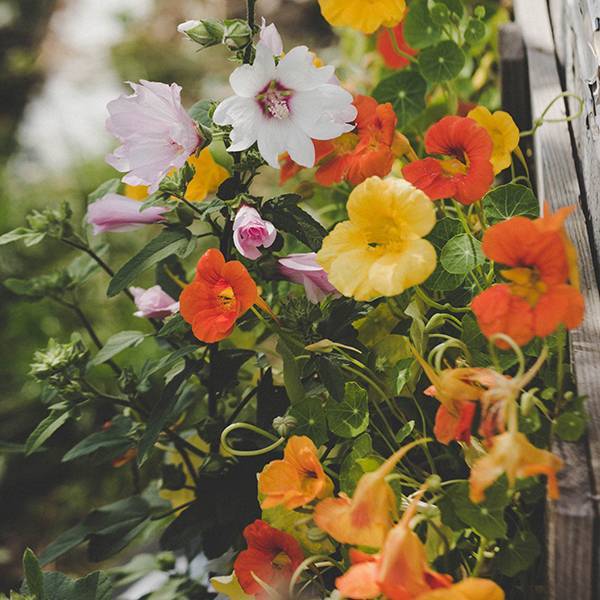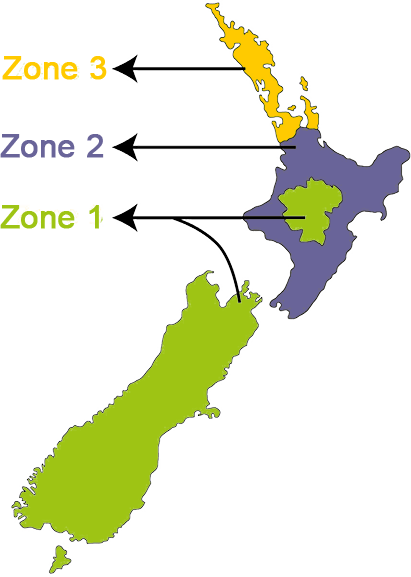
Growing Guide
Full sun/semi shade
5mm
10-25cm
10-25cm
30-50cm2
1cm
Directly sown
10-14
75
These grow like weeds so can be great for pots
Flowers are open - pick flowers and leaves for salads
When nasturtiums self-sow, they simply drop their seeds on the ground.
You will find them there, all around the base of the plants.
Some are green (fresh), some are brown (dried).
Just collect them all.
If you are impatient you can remove the green ones from the plant as long as they are at a good size and fall off easily.
Small, immature seeds are unlikely to germinate.
For nasturtiums, the bigger the seed, the better the germination rate.
Take them inside and leave them on a paper towel to dry before storing.
As they dry, they'll get smaller and browner.
Make sure they are completely dry before storing or you risk mold.
This could take several weeks.
When dry, remove and discard any blighted, small, or really moldy ones.
Place the seeds in an airtight container and store them in the crisper section of the fridge.
The'll remain viable for several years this way, and sometimes even up to a decade.

Zone 1 - Cool
January , February , March , April , May , June , July , August , September , October , November , December
Zone 2 - Temperate
January , February , March , April , May , June , July , August , September , October , November , December
Zone 3 - Subtropical
January , February , March , April , May , June , July , August , September , October , November , December